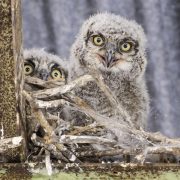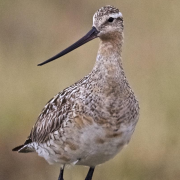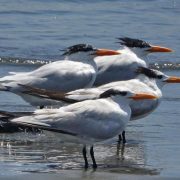The silence of the owls
No one knows exactly how the nocturnal hunters manage their whisper-soft flight, yet it is inspiring the design of quieter airplanes, fans and wind turbines.
By Dana Mackenzie, Knowable Magazine
Every owl fancier has a story of the first time they heard an owl — or, rather, didn’t hear one. It’s unforgettable to see an enormous bird, whose wingspan can reach more than six feet, slipping through the air without even a whisper.
Justin Jaworski’s first close encounter came at a flying exhibition at the Raptor Foundation near Cambridge, England. “They trained the owls to fly very close to the audience,” he says. “My first experience was of ducking to avoid a collision. I heard only a very slight swoosh after it passed.”
Laboratory measurements have shown that the slight swoosh made by a barn owl is below the threshold of human hearing until the owl is about three feet away — a feat of stealth that biologists and engineers are far from completely understanding. But researchers from both disciplines are working to solve the riddle of silent flight — some with the aim of designing quieter fans, turbine blades and airplane wings.
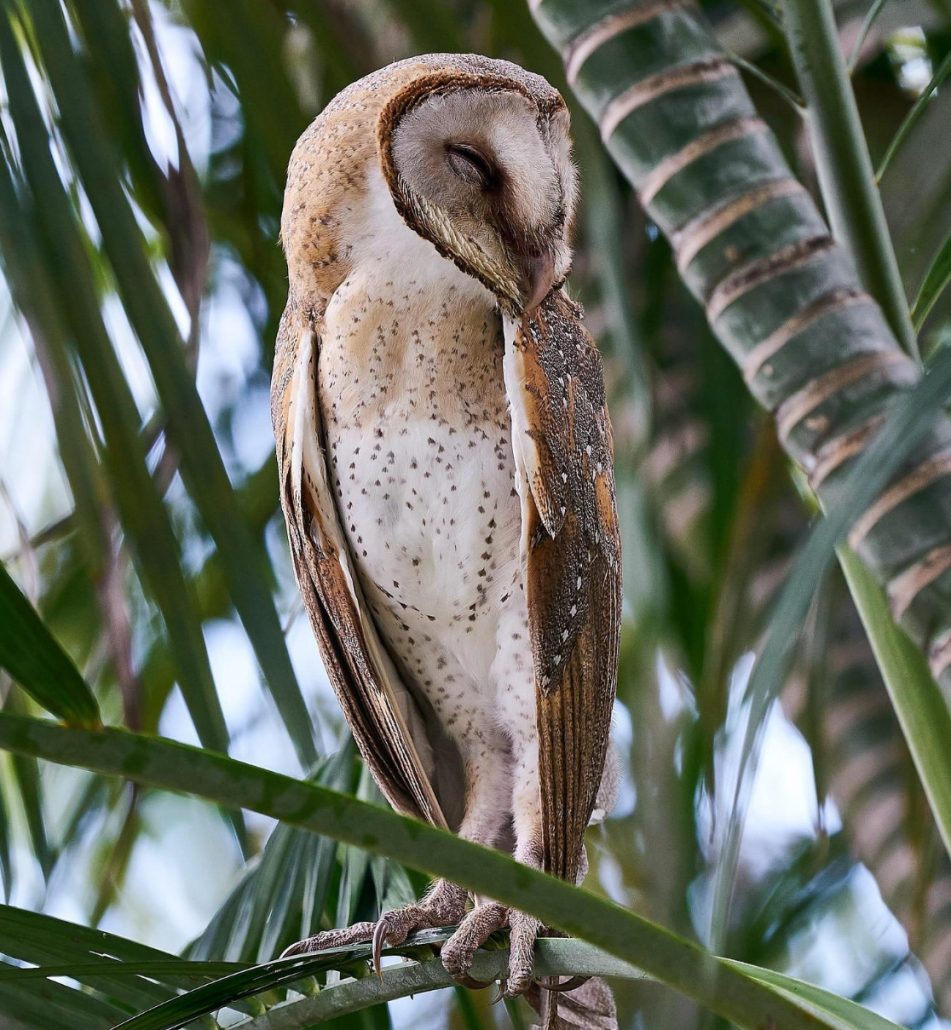
Such owl-inspired innovations can reduce noise by as much as 10 decibels, similar to the difference in noise between a passing truck and a passing car, Jaworski and Nigel Peake write in an overview in the 2020 Annual Review of Fluid Mechanics.
Go gentle
Jaworski, an engineer at Lehigh University in Pennsylvania, is hardly the first scientist to be captivated by the puzzle of silent owl flight. In 1934, Robert Rule Graham — a British pilot and bird connoisseur — called attention to three structures on owl wings that might account for the owls’ silence.
More than 80 years later, his “three traits paradigm,” as Christopher Clark calls it, is still cited in many papers on owl wings. “He clearly knew birds very well, and he was an aeronautical engineer,” says Clark, an ornithologist at the University of California, Riverside. “Science was different in the 1930s. In our age of specialization, you don’t get that combination.”
First, Graham pointed out an unusual structure called the “comb,” which literally looks like a comb projecting forward from the wing’s leading edge. Second, he noted that most of the owl wing is covered with a soft layer of velvety feathers. Finally, he observed that the feathers on the trailing edge of the wing form a ragged fringe.
Most researchers still agree that the comb, the velvet and the fringe combine in some way to reduce noise, but the owl may have more tricks up its sleeve. “When all is said and done, I think we’ll have a number of mechanisms, including Graham’s,” says Clark.
To explain how an owl suppresses noise, it would help to identify where the noise comes from in the first place. For an airplane coming in for a landing, a large part of the noise comes not from the engines but from the flow of air around the plane, especially the sound produced at the trailing edge of the wings. The turbulent air rushing past the exposed edges of the wings translates to the dull roar you hear as the plane flies overhead.
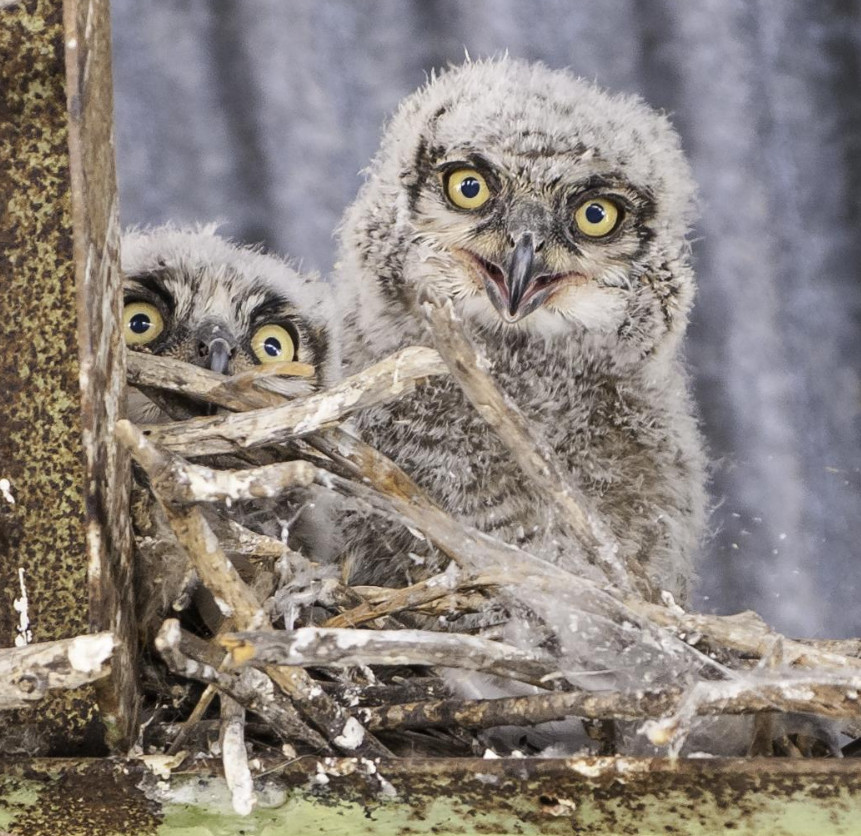
One way to reduce this noise would be to make the trailing edge of the wing less hard, more porous and more flexible. This may be the function of the owl wing’s ragged fringes. Jaworski and Peake have mathematically calculated how engineers might use such porosity and elasticity to reduce noise, and how to quantify that diminished din.
Those calculations are supported by wind-tunnel experiments: A variety of porous materials do dial down the noise. Work by Thomas Geyer at Brandenburg University of Technology in Germany has found that a poroelastic wing the size of an owl’s can be about 2 to 5 decibels quieter than a regular wing.
However, says Geyer, the right porous material is crucial; in the wind-tunnel tests, some materials actually increased high-frequency noise. Measurements of owls in flight show that their wings mute only frequencies higher than 1,600 hertz (on a piano, two-and-a-half octaves above middle C). Since this is roughly where the range of rodent hearing begins, it’s the range that an owl would benefit most from suppressing as it hunts for a meal.
Jaworski and Ian Clark (no relation to Christopher) of NASA’s Langley Research Center have attempted to mimic the owl’s velvet by covering a standard airfoil with various kinds of fabric. “The winning textile was a wedding veil,” says Jaworski. However, it may not be necessary to donate your nuptial accessories to science, because the researchers got even better results by attaching tiny plastic 3-D–printed “finlets” to the blades of a wind turbine.
“Over a certain frequency range, we saw a 10-decibel noise reduction,” Jaworski says. “That may not sound like much, but in air acoustics, engineers fight over two or three decibels. Ten decibels is half as noisy. That’s a massive change for any technology.” Siemens, a manufacturer of wind turbines, has apparently been listening, and recently unveiled its second-generation “Dino Tail” turbines that have combs directly inspired by the owl wing.
Feathery enigma
Though owl wings are providing new insights into noise reduction for aeronautical engineering, engineers have had less success describing the physics of owl flight. According to ornithologist Clark, the engineers may not even have identified the most important source of noise in owl aviation.
If you’re trying to build an owl, rather than a wind turbine or an airplane, you’ll notice several differences. Owls have feathers; airplanes don’t. Owls flap their wings; airplanes don’t. There’s a good reason that aeronautical engineers prefer stationary, solid wings to flapping, feathery ones: They are easier to understand.
But if you are a biologist, to ignore flapping is to ignore a fundamental ingredient in avian flight, says Clark. As bird wings flap they change shape, and as they change shape the feathers rub against each other, causing noise. This noise is frictional, not aerodynamic, produced by the contact of solid against solid.
As bird wings flap they change shape, and as they change shape the feathers rub against each other, causing noise.
Ian Clark, ornithologist
In Clark’s view, the purpose of the owl’s velvet and the fringes is to reduce frictional noise between the feathers while flapping. Clark concedes that his argument would be moot if owls glided while hunting, but video evidence shows they do not: They flap when taking off, they flap when landing and they even flap when “coursing” for prey.
And the fringes are not only on the trailing edge of the wing, where the aerodynamic theory would predict them to have the greatest noise-reducing benefit. Fringes also exist on the leading edges of the feathers, where they do not affect aerodynamic noise, as well on some feathers that are not even exposed to the airflow. This suggests that their purpose is not aerodynamic.
Clark says that we may be asking the question backward. Instead of asking why owls are so quiet, we should ask why other birds are so loud. The answer is feathers. “Feathers are amazing structures, and probably the reason birds are so successful,” Clark says. But they come with an evolutionary cost: “If you’re going to build a wing out of feathers, they are going to produce frictional sound.” To become silent hunters, owls evolved special adaptations that reduce this disadvantage.
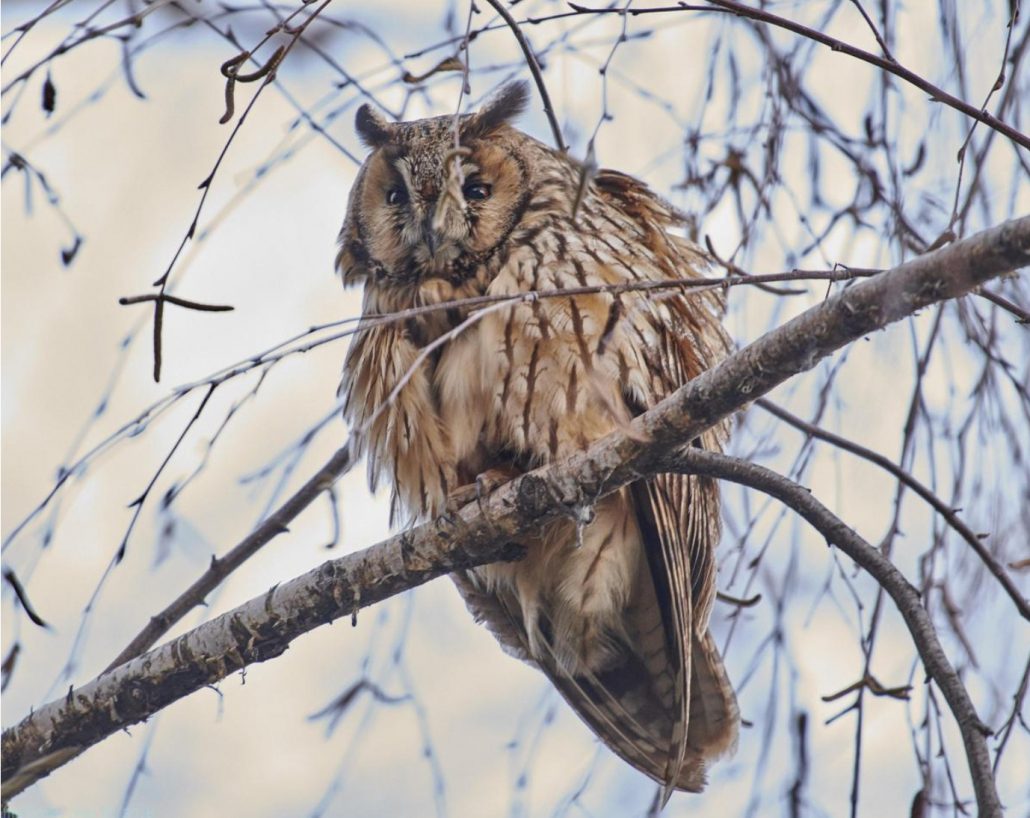
Owls are not the only kind of bird that has solved this problem. Some species of Australian frogmouths have independently developed the same adaptations. These birds are also carnivorous and have wings that are soft and fluffy with combs and ragged fringes. In Graham’s day, people assumed that frogmouths were closely related to owls, but genomic analysis has proved that they are not. While less studied than owls, they too are silent flyers.
“Evolution often takes a quirky path,” Clark says. “One way you can home in on the underlying mechanical principles, and tell them apart from quirks, is with convergent evolution.” When two unrelated animals have the same adaptation, it suggests that the feature confers a benefit — in this case, stealth.
At present, there are two ways to understand owl flight: an engineering view informed by the equations of fluid motion and wind-tunnel experiments, and a biological view based on anatomy, behavior and genomics. A truly integrated story will probably require both. Even engineers realize that idealized studies based on rigid, unfeathered wings are not enough. It’s quite possible that the owl uses its feathers and small shape adjustments of the wing actively, rather than passively, to manipulate airflow. Engineers aren’t even close to understanding this process, which spans several size scales, from the barbs of the feathers to the individual feathers, to the entire wing.
“What is missing to us is the microscopic point of view,” says Roi Gurka of Coastal Carolina University in South Carolina, whose experiments with flying owls have led to beautiful computer simulations of the flow field around a flapping owl wing. “I understand the wing,” he says, but understanding the role individual feather morphology plays in noise reduction is another matter.
While the scientists debate, the barn owl will continue flying as it always has: its face as round and imperturbable as the moon, its ears trained on its next meal and its feathers treading gently on the air.
Dana Mackenzie is a mathematician who went rogue and became a writer. His first book, written at age six or seven, was “The Adventures of Owl.”
This article originally appeared in Knowable Magazine on April 7, 2020. Knowable Magazine is an independent journalistic endeavor from Annual Reviews, a nonprofit publisher dedicated to synthesizing and integrating knowledge for the progress of science and the benefit of society.


